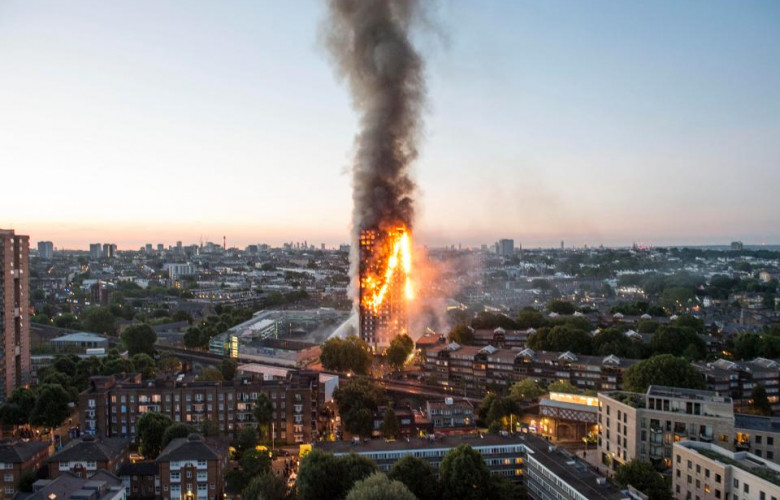London fire: Could it happen here?
Contact
London fire: Could it happen here?
As reports begin to emerge that external cladding caused the London fire to spread so quickly, many in Australia are beginning to ask could the same thing happen here?
As reports begin to emerge that external cladding caused the London fire to spread so quickly, many in Australia are beginning to ask could the same thing happen here?
The fire in Grenfell House spread to the top of the building in only 10 minutes, and has claimed at least 12 lives and injured dozens.
Senator Nick Xenophon has called for an urgent nation-wide audit of all buildings suspected of containing non-compliant building materials.
Xenophon is on a Senate committe already examining non-compliant building materials. The committee was established in the wake of the 2014 Lacrosse tower fire in Melbourne's Docklands, and following reports that thousands of high-rise buildings in Sydney and Melbourne contain non-compliant building materials.
The Lacrosse fire was started by a cigarette on a balcony, and spread up the side of the building in less than 11 minutes. A non-compliant building material, a cladding called Alucobest, was used on the building.
Flammable cladding was said to be the cause of a destructive New Year's Eve fire in Dubai.
The Senate is due to hand down its report on the regulation and oversight of non-compliant building materials by the end of October.
Malcolm Gunning, president of the REIA, issued a statement to SCHWARTZWILLIAMS about fire standards in Australia.
"We have strong fire regulation, particularly for high-rise apartments in Sydney and Melbourne. We have the Fire Brigade check our buildings and have regular fire and safety audits. Regulations were upgraded and there was much stronger enforcement of fire safety regulation put into place after backpacker and hostel fires in the past," the statement read.
In the year 2000, a fire at the Childers Backpacker Hostel was responsible for the deaths of 15 backpackers. In 1989, six tourists were killed in Sydney's Downunder Hostel Fire.
Paul Bidwell, deputy CEO of Master Builders, says the Queensland government has already introduced new laws to deal with non-conforming building products.
“The state government has recently proposed action to crack down on these dodgy building products," he said.
However, Bidwell said questions remain about how the provisions will work in practice.
“I would caution that we still have concerns about how it will work," he said, saying he is raising his concerns in a submission to state government.
Bidwell said everyone in the supply chain, from the manufacturer, importer, supplier and building designer as well as the builder or contractor, is responsible for ensuring building products are safe and fit for purpose.
However, it was not clear how the regulator, Queensland Building and Construction Commission, would determine who was accountable in the event of a product failure.
The new Queensland laws allow for significant fines in the case of non-compliance, and the QBCC has been granted new powers to go to the locations where the products are being sold to investigate and test samples. The Minister would have the power to recall non-conforming building products, according to Master Builders.
Read more about building in Australia:
Consumers win with review of fire and emergency services levy





